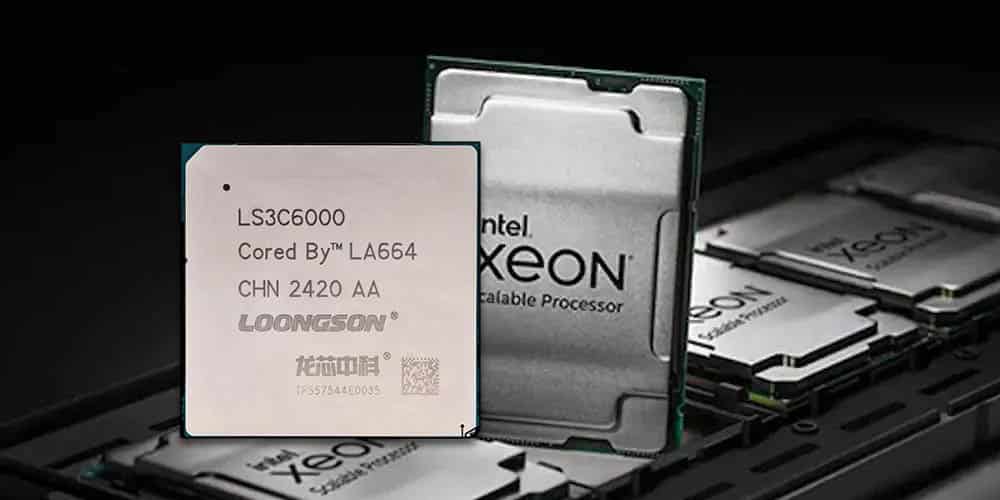Intel's 13th/14th Gen Core CPU Crash Issue: Official Response and Market Reaction
Recently, the stability issues of Intel's 13th and 14th generation Core desktop processors have attracted widespread attention. The exposure by the well-known overseas technology channel Gamers Nexus has led to user doubts about the quality of Intel CPUs. Intel quickly responded, confirming the cause of the problem and promising to release a patch. This article will detail the course of the event, analyze the reasons for the problem, and discuss its impact on the market.

Long-standing CPU Instability Issue
As early as mid-last year, users on hardware forums reported that the high-end 13th generation Core processors often crashed and reported errors under high-load scenarios, such as gaming. Some users reported that their i9 13900K began to crash frequently after a year and a half of use, and eventually could not be turned on, with the detection showing that the CPU was broken.
In April this year, the problem began to be reported by several technology media. Intel, in conjunction with motherboard manufacturers, added the Intel Baseline Profile to the BIOS, claiming to solve the game stability issues of the 13th and 14th generation Core CPUs. However, tests found that using this configuration would result in an 8% to 10% loss in processor performance, equivalent to improving stability by reducing frequency and limiting power consumption.
Official Response: Voltage Anomaly
Recently, Intel announced in the community that it has found the cause of the problem and said that the patch is expected to be released in mid-August. Intel clarified that the cause of the problem is not a process defect, but an abnormal processor voltage that exceeds the safe range.
Intel responded that the excessively high operating voltage was caused by an error in the microcode algorithm, which sent the wrong voltage request to the processor. Intel will provide a microcode patch to fix the problem caused by the excessively high voltage and is expected to release it to partners after comprehensive verification in mid-August.
External Speculation: ALD Process Defect in Chips
The exposure by Gamers Nexus has led to external speculation about the cause of the crash phenomenon of Intel's 13th and 14th generation Core processors. They speculate that defects in the ALD (Atomic Layer Deposition) process during wafer manufacturing may lead to oxidation of the copper vias inside the CPU, thereby generating high impedance and causing CPU errors.
ALD is an advanced thin film preparation technology that deposits thin films layer by layer on the surface of the substrate by alternating the introduction of different chemical precursors, achieving atomic-level precision control. In CPUs and other logic ICs, the number of transistors to a certain extent represents the performance of the CPU. ALD technology can deposit high-permittivity materials uniformly and with consistent thickness to reduce leakage current and improve transistor performance.
Intel's Further Investigation
Although Intel has confirmed the cause of the problem and plans to release a patch, its response in the community also mentioned that the manufacturing problem of copper via oxidation occurred in the early stage of the 13th generation Core processor, but was solved as early as 2023, and stated that it is unrelated to the problem of CPU instability.
Intel is actively investigating the problem to determine the root cause and will announce more details after confirming the relevant information. Intel also reminds users to use the processor in an un-overclocked state and suggests that motherboard manufacturers remind end users.
New Progress in Domestic CPUs
While Intel is facing a crisis of trust, domestic CPUs have made new progress. Loongson Technology recently announced that its 3C6000 CPU has been successfully taped, and the performance has been doubled compared to the previous generation of Loongson 3C6000 processors, reaching the level of Intel's Xeon Silver 4314 processor.

Conclusion
Recently, Intel's situation is indeed beset with enemies. Earlier, it suspended investment in the French R&D design center, shelved the construction plan of the Italian factory, and the progress of wafer foundry business is not very smooth. In the chips of AI field, it still has to face strong opponents like NVIDIA, and it also has to face the increasingly fierce AMD in the CPU field. Coupled with the trust crisis caused by the 13th and 14th generation Core processors, Intel's strategic turning point may be extremely difficult.
Although Intel is actively responding, this incident undoubtedly has an impact on its brand image and market share. At the same time, the rise of domestic CPUs also provides consumers with more choices, and the market competition will be more intense.
Intergrated Circuit of Computer Solutions
● EPM240ZM68I8N is a complex programmable logic ic (FPGA) from Altera. This device is part of the MAX II series and is designed to offer high performance and flexibility for a wide range of applications. It includes embedded memory blocks that can be configured as RAM, ROM, or other memory types. It is particularly suited for applications that require a combination of digital logic, memory, and I/O functions in a single chip.
● The AUIRF7416Q is a high-performance RF (Radio Frequency) power amplifier from Analog Devices. This RF Amplifier device is designed for use in advanced communication systems, particularly those requiring high power output and efficiency. For example, Base Stations, Satellite Communication, Radar Systems anf Military Communication.
● AD8398AACPZ is a high-performance instrumentation amplifier from Analog Devices. This device is designed to provide precise amplification with high input impedance and low output noise, making it ideal for a wide range of applications in the fields of medical, industrial, and scientific instrumentation. It is part of a family of precision analog signal conditioning products that are engineered for accuracy and reliability.
● The AD8276ARZ-RL7 is a general-purpose, unity-gain difference amplifier designed for precision signal conditioning in applications that require both high performance and low power. Manufactured by ADI, this device is known for its exceptional common-mode rejection ratio (CMRR), high bandwidth, and the ability to amplify signals well beyond the supply rails.









